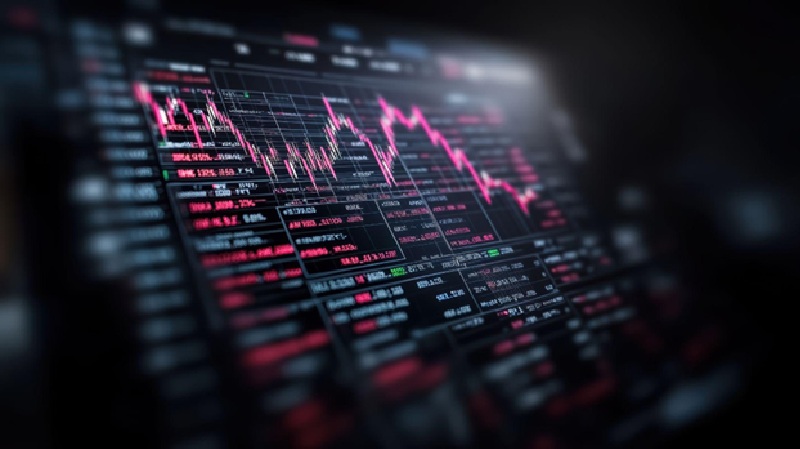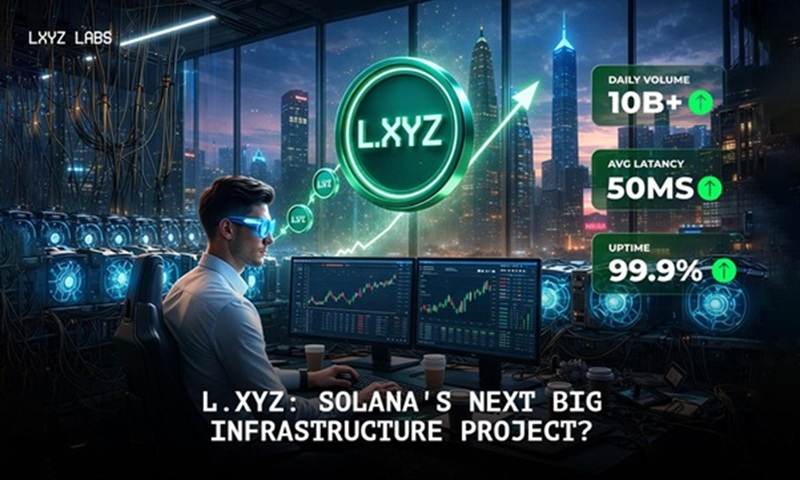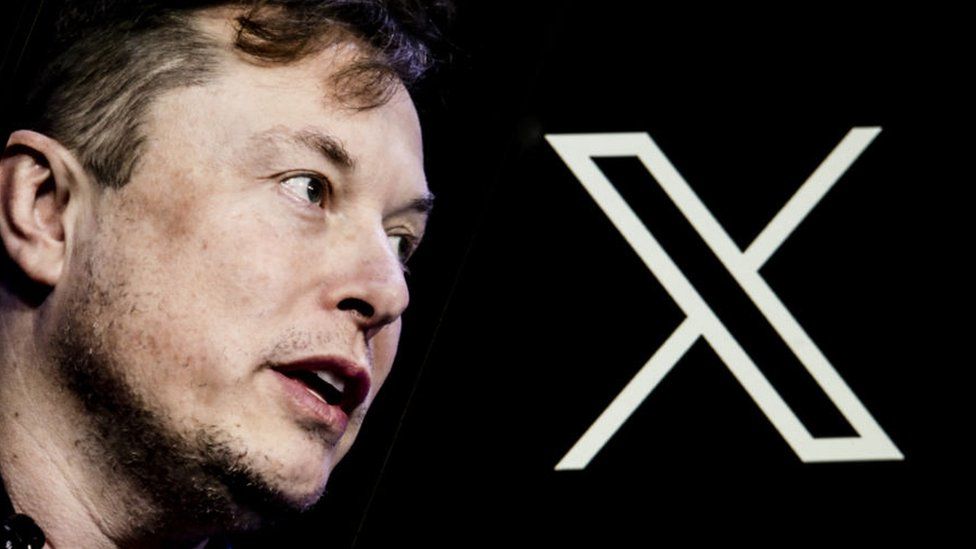Interactive Brokers Group Inc., a major global brokerage firm, has begun rolling out a feature allowing eligible retail clients to fund their individual brokerage accounts using stablecoins, primarily USDC (USD Coin).
Currently limited to USDC; other stablecoins or cryptocurrencies are not accepted. Clients log into the Client Portal, select “Fund with Stablecoin,” choose a supported blockchain network like Ethereum, Solana, or Base, and transfer USDC from a personal crypto wallet to a generated address provided by partner ZeroHash.
Deposits are automatically converted to USD upon receipt. Minimum $10 per transfer; $25,000 per transaction; $25,000 daily; $100,000 monthly. No deposit fees from Interactive Brokers, but blockchain gas fees apply.
Starting with a pilot for select U.S. retail clients, with gradual expansion. Some global users may also access it, subject to local regulations. Enables near-instant, 24/7 funding outside traditional banking hours, bypassing delays and fees from wires or ACH transfers.
Announced by Chairman Thomas Peterffy at a Goldman Sachs conference, building on Interactive Brokers’ prior crypto expansions trading via Paxos and investments in infrastructure like ZeroHash. This move helps Interactive Brokers compete with platforms like Robinhood and attract traders bridging crypto and traditional markets.
ZeroHash often stylized as “zerohash” is a leading B2B crypto and stablecoin infrastructure provider that enables traditional financial platforms—like brokerages, fintechs, and payment companies—to integrate digital asset services seamlessly and compliantly.
ZeroHash powers the backend infrastructure for depositing stablecoins currently USDC into Interactive Brokers accounts. When a client selects “Fund with Stablecoin” in the Interactive Brokers Client Portal, ZeroHash generates a unique deposit address and QR code on the chosen blockchain network.
The client transfers USDC from their personal wallet to this address. Upon receipt, ZeroHash automatically converts the stablecoin to USD and credits it to the client’s brokerage account. Key benefits enabled by ZeroHash: Near-instant, 24/7 funding bypassing traditional banking hours/delays, global accessibility, and regulatory compliance handling.
ZeroHash handles the on-chain receipt and conversion with a small conversion fee, e.g., ~0.3% in some reports, plus blockchain gas fees; Interactive Brokers adds no deposit fees. Interactive Brokers has a long-standing relationship with ZeroHash, using it for crypto trading/custody services since at least 2023.
IBKR also led a $104 million funding round for ZeroHash in 2025 valuing it at $1 billion and has invested in prior rounds, deepening integration for features like this.
ZeroHash acts as the “crypto-as-a-service” backend, managing regulatory licenses such as Money Transmitter in 51 U.S. jurisdictions, FinCEN-registered, wallet infrastructure, liquidity, and compliance—allowing Interactive Brokers to offer the feature without building everything in-house.
This bridges traditional brokerage accounts with blockchain rails efficiently and securely. Warnings include matching the exact network to avoid permanent fund loss.
Its validates stablecoins as practical settlement tools beyond speculation, treating them as “tokenized cash” for real-world finance. This blurs lines between crypto wallets and regulated brokerage accounts.
A major legacy brokerage with millions of accounts adopting blockchain rails signals growing institutional acceptance. It follows trends like banks exploring stablecoins post-U.S. regulatory clarity (e.g., GENIUS Act).
Increases utility and inflows for USDC and potentially others; stablecoin market cap already >$300B in late 2025, with predictions of explosive growth in payments/settlements.
Compliant via ZeroHash’s licenses; highlights stablecoins’ role in efficient, global transfers while avoiding direct crypto custody risks for IBKR.







